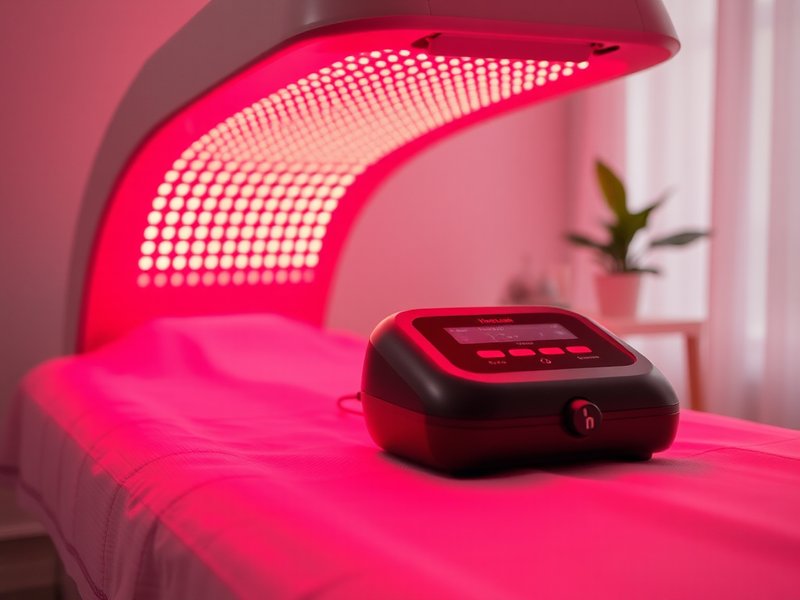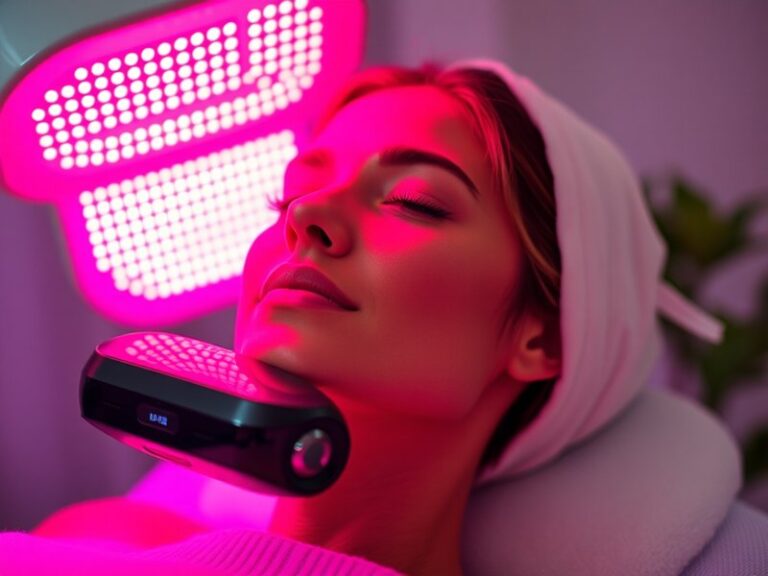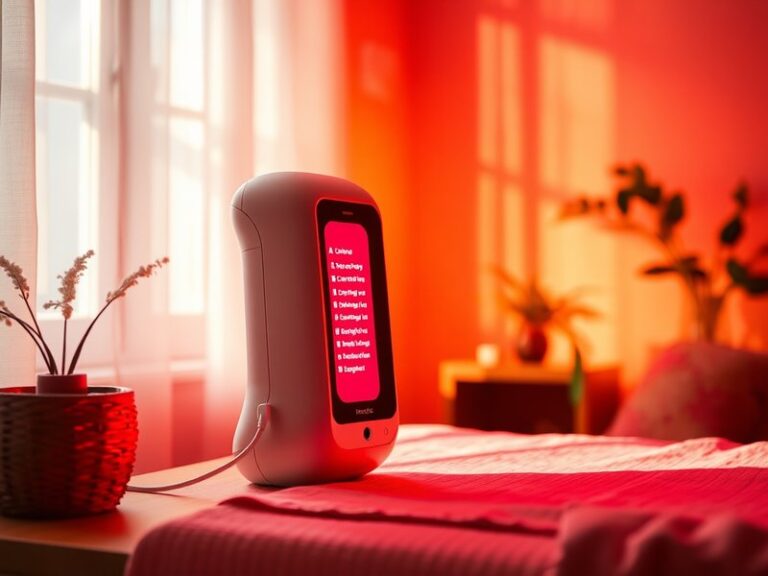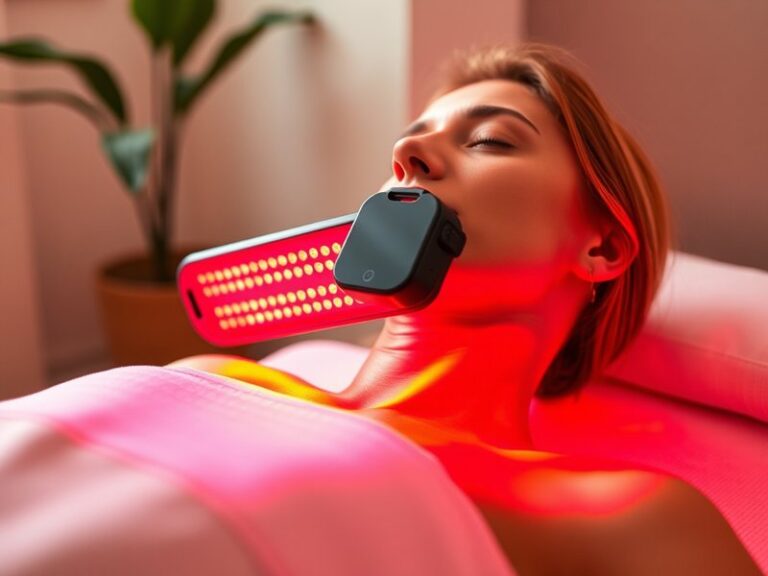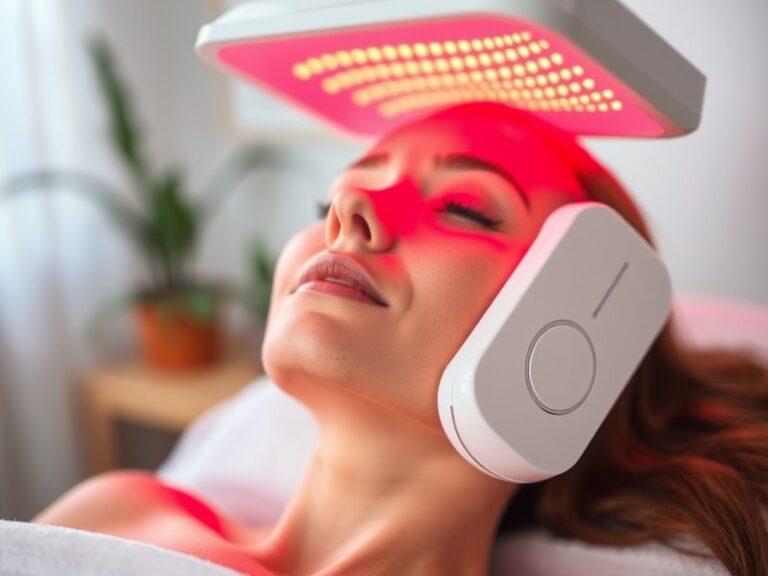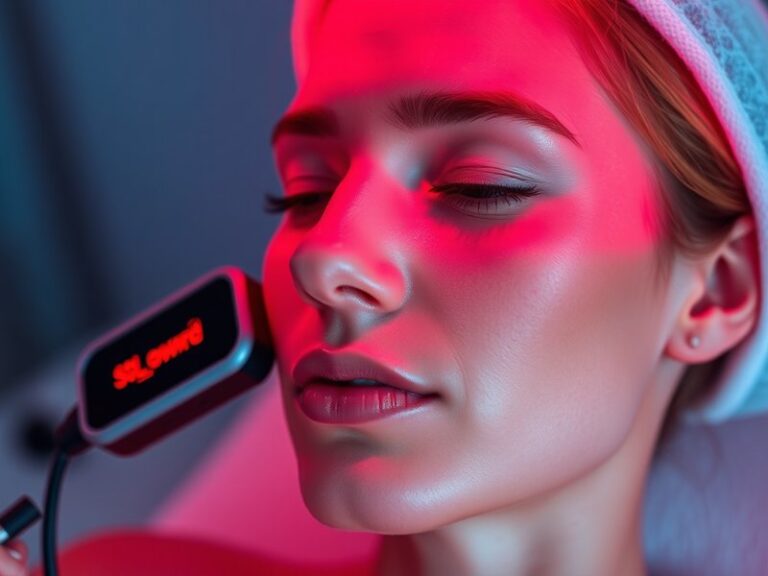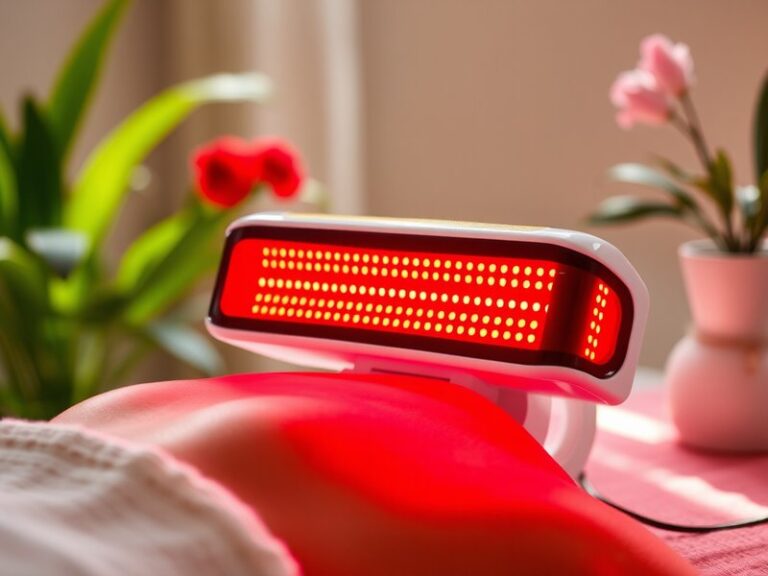Does Red Light Therapy Beds Really Work?
Does Red Light Therapy Beds Really Work?
Have you ever wondered if red light therapy beds live up to the hype?
Red light therapy has gained considerable attention in recent years, often touted as a miracle solution for a variety of skin and health concerns. In this article, we will explore what red light therapy beds are, their potential benefits, considerations for use, and whether they truly deliver on their promises. By the end of this piece, you’ll have a clearer understanding of whether incorporating red light therapy into your wellness routine is right for you.
Key Takeaways
- Red light therapy beds use specific wavelengths of light to promote healing and rejuvenation.
- Benefits include improved skin health, pain relief, and enhanced recovery times.
- While effective for many, individual results may vary, and some precautions are necessary.
What is Red Light Therapy?
Red light therapy involves the use of low-level wavelengths of red and near-infrared light to stimulate various biological processes. Originating from medical research, this therapy has been utilized to treat issues ranging from skin conditions to superficial wounds, and more recently, it has found its way into personal wellness routines.
How Does Red Light Therapy Work?
The therapy works by penetrating the skin’s layers to reach cells, enhancing their energy production and subsequently promoting healing and rejuvenation. The mitochondria, often referred to as the powerhouse of the cell, absorb the light and convert it into energy. This process is believed to increase collagen production, improve circulation, and reduce inflammation.
What are the Benefits of Red Light Therapy?
Red light therapy offers a range of potential benefits that have made it a popular choice for many.
See the full review Can Red Light Therapy Worsen Acne?
Skin Rejuvenation
One of the most discussed advantages of red light therapy is its ability to rejuvenate the skin. Users often report improvements in skin texture, reduced wrinkles, and enhanced overall radiance. Studies indicate that red light can help stimulate collagen production, leading to firmer and younger-looking skin.
Pain Relief and Muscle Recovery
For those with chronic pain or recovering from injuries, red light therapy beds can provide significant relief. Research suggests that the therapy can help reduce inflammation and promote faster healing in muscles, joints, and tendons. Athletes have begun using red light therapy to accelerate recovery times after intense workouts.
Improved Mood and Sleep Quality
Emerging evidence also points to the psychological benefits of red light therapy, particularly in improving mood and sleep quality. Exposure to specific light wavelengths may help regulate circadian rhythms and increase melatonin production, potentially aiding in better sleep and reduced symptoms of anxiety and depression.
Enhanced Wound Healing
Red light therapy has been shown to expedite wound healing processes. By promoting cellular regeneration, it can assist in the recovery of cuts, burns, and other skin injuries, making it a viable alternative for those looking to speed up healing.
Is it Possible to Use Red Light Therapy Safely?
Yes, using red light therapy beds can be safe, but there are several guidelines to follow to maximize effectiveness while minimizing potential risks.
What are the Advantages of Using Red Light Therapy Beds?
Using dedicated therapy beds can provide uniform exposure to red light, enhancing treatment effectiveness.
Privacy and Comfort
Therapy beds allow for a comfortable, private environment where individuals can relax during treatment. This setting promotes a more enjoyable experience compared to handheld devices.
Controlled Exposure
Professional-grade beds offer controlled dosages of light exposure, ensuring users receive optimal treatment while minimizing the risk of side effects.
What are the Disadvantages of Using Red Light Therapy Beds?
While generally safe, there can be some disadvantages to consider.
Cost and Accessibility
Therapy sessions can be expensive, and access may be limited depending on location and available facilities. Some individuals may find it challenging to integrate regular sessions into their budget or routine.
Time Commitment
Sessions can last anywhere from a few minutes to over half an hour, requiring a commitment to regular treatments to see results.
What are the Things to Consider Before Using Red Light Therapy Beds?
Before starting red light therapy, several important factors should be taken into account.
Your Skin Type and Concerns
It’s crucial to consider your unique skin type and any underlying concerns. Individuals with specific conditions, such as photosensitivity, may need to avoid red light therapy or consult a medical professional beforehand.
Consultation with Healthcare Providers
Consulting with a healthcare professional before starting red light therapy can help ensure that it’s appropriate for your health situation and goals.
Learn everything about Red Light Therapy Frequency for Face
Frequency of Use
Understanding how often to use red light therapy beds for optimal results is important. While some may benefit from daily sessions, others might find three times a week to be sufficient.
What are the Alternatives to Red Light Therapy Beds?
If red light therapy doesn’t seem suitable, there are several alternative options available.
Topical Treatments
Over-the-counter creams and serums containing active ingredients like retinol or hyaluronic acid can also support skin rejuvenation and health without the need for specialized equipment.
Laser Treatments
Professional laser treatments can deliver similar benefits, particularly for skin conditions, but usually involve a higher cost and potential downtime.
LED Masks
Home-use LED masks offer a more affordable and accessible way to access similar light therapy benefits on a smaller scale.
Conclusion: Is it Recommended to Use Red Light Therapy Beds?
In summary, red light therapy beds present a variety of potential benefits for skin health, pain relief, and overall wellness. While many individuals report positive outcomes, it is essential to approach the treatment with careful consideration of personal health, skin type, and expected results. Consulting a healthcare professional and balancing treatment with individual needs will help ensure a beneficial experience.
Frequently Asked Questions
Can Red Light Therapy Cause Side Effects?
Generally, red light therapy is considered safe with minimal side effects. However, some individuals may experience temporary redness or irritation, especially if they have sensitive skin.
How long does it take to see results?
Results can vary widely, but many people start to notice improvements after several sessions. Consistent use over a few weeks is often necessary to see significant changes.
Is there any scientific evidence backing these claims?
Yes, numerous studies have indicated the effectiveness of red light therapy for various conditions, though more research is needed for a comprehensive understanding of all its benefits.
Can I use red light therapy if I have certain health conditions?
While many can safely use red light therapy, those with specific health conditions should consult their healthcare provider first to ensure it is appropriate.
